The national flag of the Republic of Cyprus is a unique and highly symbolic emblem, designed to represent a unified and peaceful island nation. Adopted in 1960, the year of its independence from British rule, the flag embodies the aspirations for harmony between its Greek Cypriot and Turkish Cypriot communities, a hope that, sadly, has remained largely unfulfilled due to ongoing political division. Nevertheless, it stands as the official symbol of the internationally recognized Republic of Cyprus, a testament to its aspirations for sovereignty and unity in the Eastern Mediterranean.
Design and Dimensions
The flag of Cyprus features a white field with a copper-colored silhouette of the entire island of Cyprus in the center. Below the island, two green olive branches are placed horizontally, crossing underneath it. The official proportions of the Cypriot flag are typically 2:3 (height to width), giving it a balanced and distinctive appearance. This design is strikingly original, as it is one of the very few national flags to depict the geographical outline of the country it represents.
Symbolism of the Colors and Elements
Every element and color on the Cypriot flag is imbued with profound symbolic meaning, meticulously chosen to reflect the island's unique history, demographics, and aspirations for peace:
-
White Field: The dominant white field symbolizes peace and purity. It represents the desire for a harmonious and tranquil coexistence between the island's diverse communities, free from conflict and tension. White has long been a universal color associated with peace, hope, and honesty.
-
Copper-Colored Island Silhouette: The central copper-colored silhouette of the island of Cyprus is arguably the most distinctive feature of the flag. This color specifically represents copper, which has been historically synonymous with Cyprus. The island was a major source of copper in ancient times (indeed, the word "copper" itself is derived from "Cyprus" via the Latin cuprum). This element symbolizes the island's rich natural resources, its ancient heritage, and its economic significance throughout history.
-
Two Green Olive Branches: The two green olive branches placed beneath the island symbolize peace and the two main ethnic communities of Cyprus: the Greek Cypriots and the Turkish Cypriots. The olive branch is an ancient and universally recognized symbol of peace. Their intertwined arrangement beneath the island signifies the hope for a peaceful and harmonious coexistence between these two communities, working together for the prosperity of the island. Green also represents the island's natural beauty and fertility.
History of Creation and Adoption
The creation of the Cypriot flag was a delicate and politically charged process, as it aimed to find a symbol acceptable to both Greek Cypriot and Turkish Cypriot communities in the lead-up to independence. Until 1960, Cyprus was a British colony, and the Union Jack served as its official flag.
Upon gaining independence, a new national flag was needed. The 1960 Zurich and London Agreements, which established the Republic of Cyprus, stipulated that the new flag should not use the colors blue (associated with Greece) or red (associated with Turkey) to avoid favoring either community. It also prohibited symbols directly linked to either Greece or Turkey.
A design competition was held, and the winning design was submitted by Ismet Vehit Güney, a Turkish Cypriot art teacher. Güney's design deliberately avoided any overt Greek or Turkish symbolism, focusing instead on elements universally associated with the island itself and its aspiration for peace. The specific choice of a white background, copper-colored island, and green olive branches was a direct response to the requirements for neutrality.
The flag was officially adopted on August 16, 1960, the day Cyprus gained its independence. It was first hoisted with great ceremony, symbolizing the birth of a new, independent, and hopefully united nation.
Significance for the Inhabitants
For the citizens of the internationally recognized Republic of Cyprus (primarily Greek Cypriots), the flag is a potent symbol of their sovereignty, independence, and the concept of a unified Cypriot state. Despite the island's de facto division since 1974, the flag represents the continuous aspiration for reunification and the ideal of peaceful coexistence between all Cypriots. It is displayed with pride in official buildings, schools, and during national celebrations, serving as a constant reminder of the Republic's legitimate status and its unique identity in the Mediterranean.
For many, it also embodies the island's ancient history and its significant contribution to world civilization through its copper resources. It is a symbol of resilience in the face of adversity and a beacon of hope for a peaceful future.
Interesting Facts
-
Rare Geographical Representation: The Cypriot flag is one of only two national flags (the other being the flag of Kosovo) that prominently feature a geographical map of the country it represents. This makes it highly distinctive.
-
Neutrality in Design: The strict prohibition against using blue or red, or other overt Greek or Turkish symbols, was a key aspect of its creation, aiming for a truly neutral and unifying emblem.
-
Turkish Cypriot Designer: The fact that the winning design came from a Turkish Cypriot artist, Ismet Vehit Güney, was a significant gesture of cross-community cooperation, even if the spirit of unity proved challenging to maintain politically.
-
The "Copper Island": The flag's use of copper color directly references the historical origin of the island's name and its ancient role as a major copper producer.
-
Unfulfilled Unity: While designed to represent unity, the flag largely flies only in the southern, Greek Cypriot-controlled areas of the island. The self-proclaimed Turkish Republic of Northern Cyprus (TRNC), recognized only by Turkey, uses its own distinct flag.
-
Olive Branch Universality: The olive branch symbol is universally understood as peace, making the flag's message of harmony clear to an international audience.
-
Symbol of Hope: Despite the political realities, for many Cypriots, the flag remains a powerful symbol of the ideal of a united Cyprus, transcending current divisions.
In the demonstration images, full-size flags are shown with proportions of 2:3, and hand-held flags with proportions of 1:2.


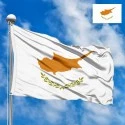
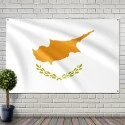
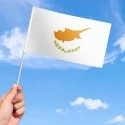
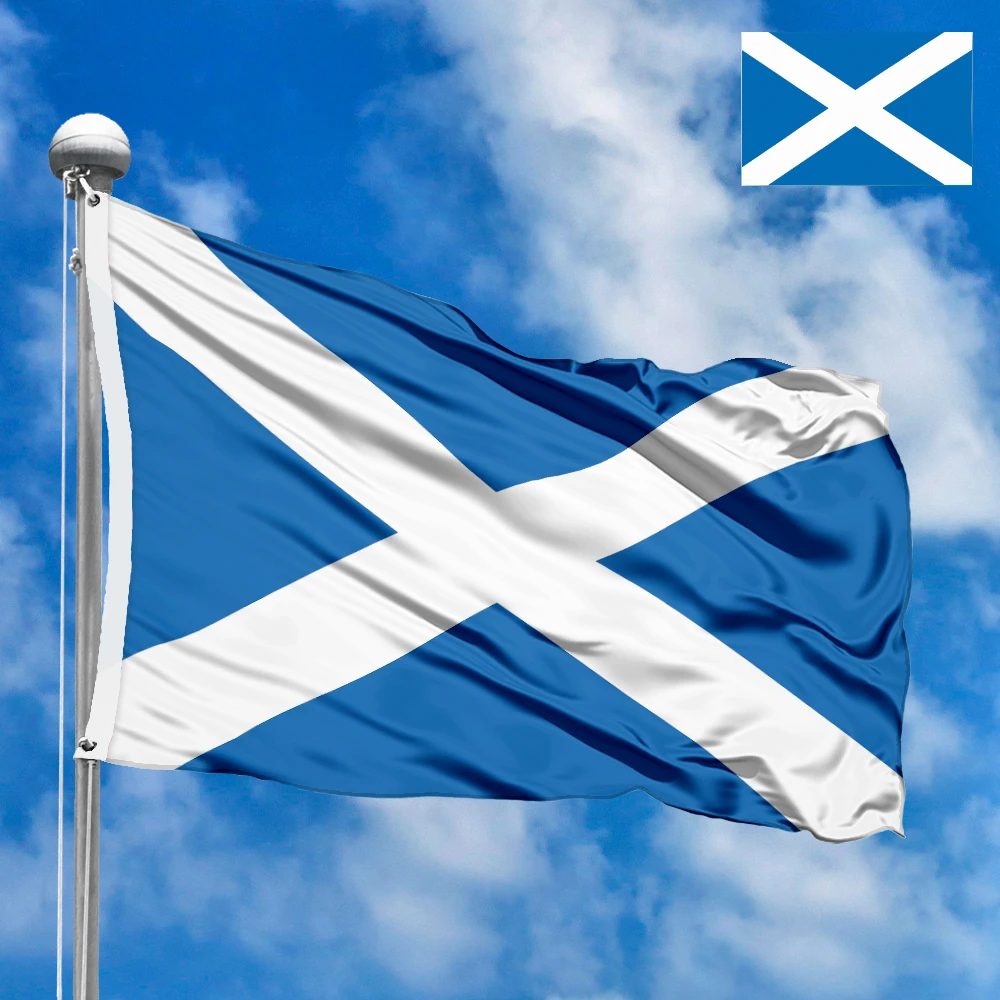
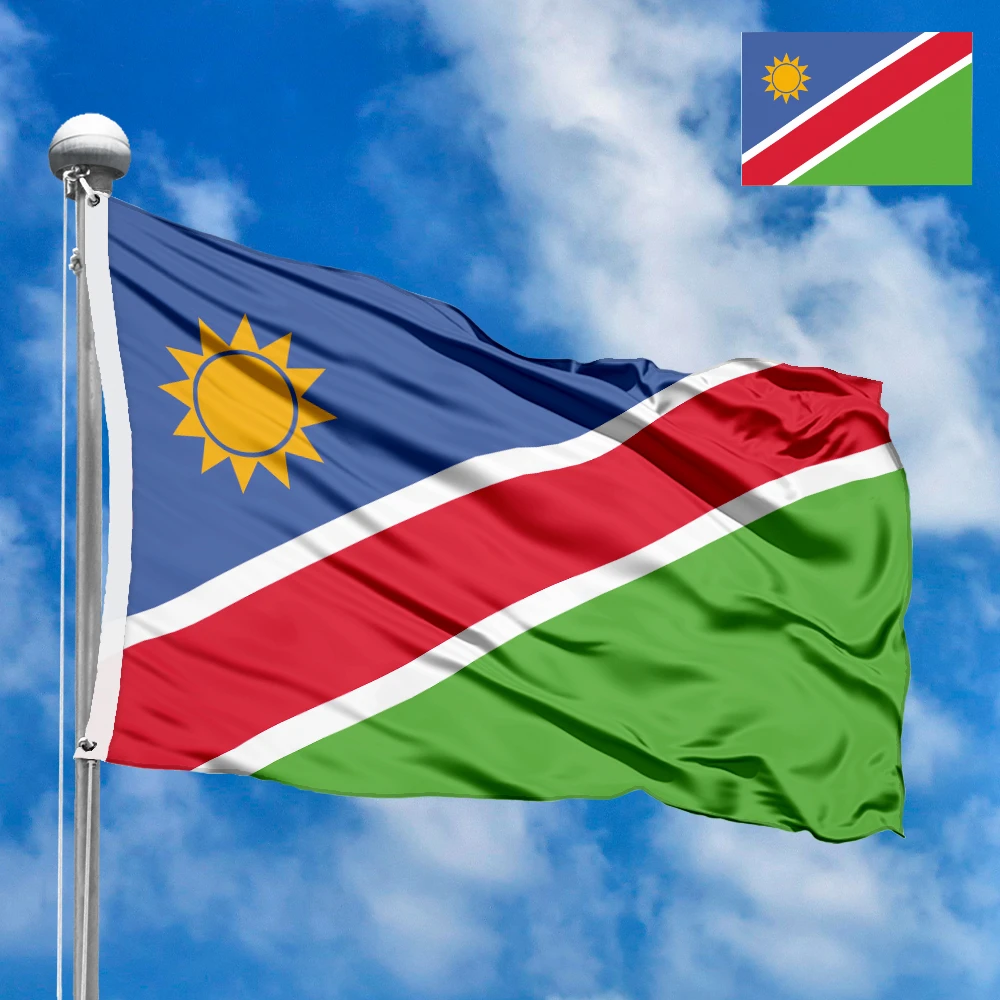

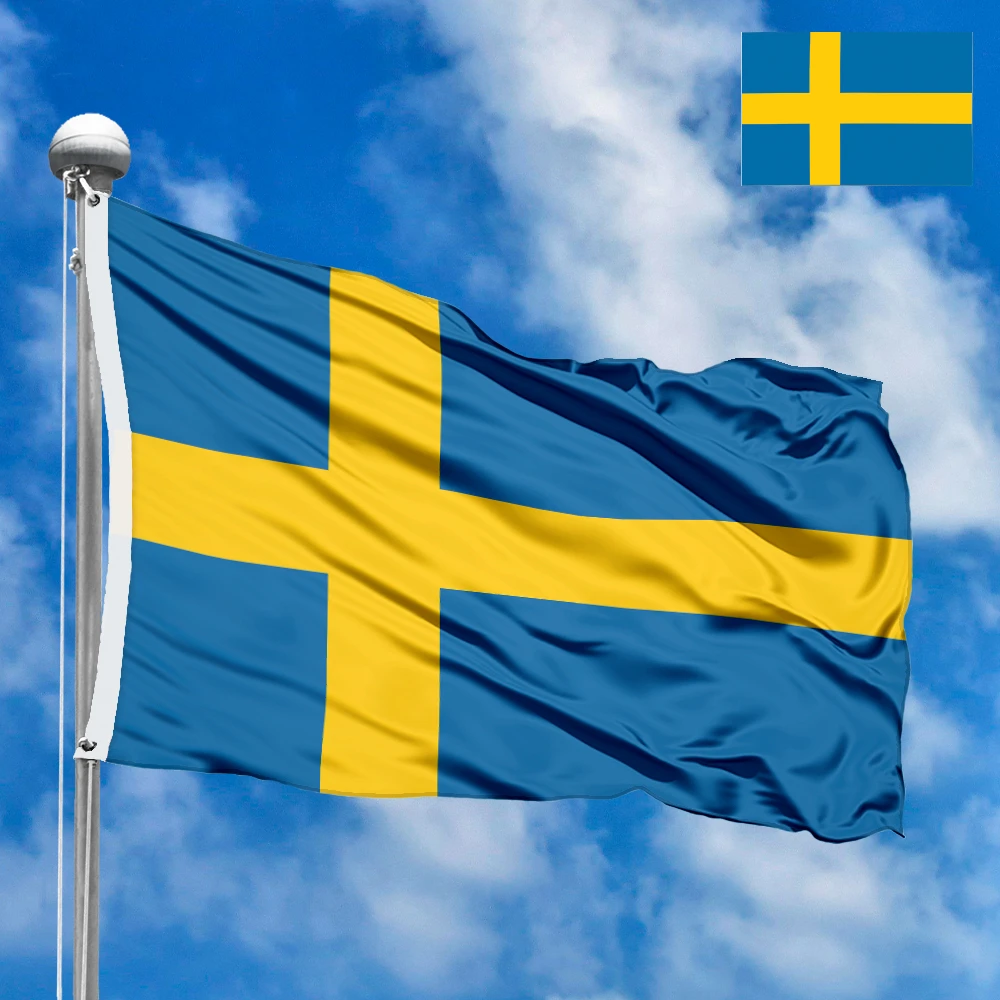

 Waving flag
Waving flag
 Sizes:
Sizes:
 Round flag
Round flag
 Sizes:
Sizes:
 Rectangular flag 2:3
Rectangular flag 2:3
 Sizes:
Sizes: